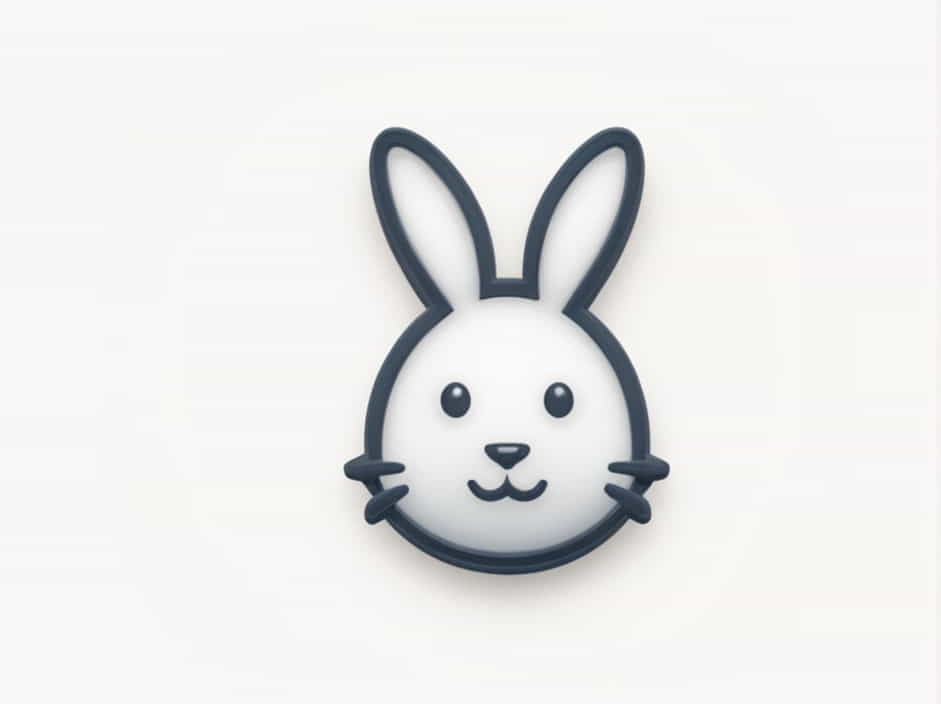Rabbits are prey animals that often fall victim to a variety of predators. While many creatures hunt rabbits for food, some have a particular method of killing that involves disembowelment. This topic explores which animals exhibit this behavior, why it happens, and how rabbits defend themselves in the wild.
Predators That Disembowel Rabbits
Several animals can disembowel a rabbit, either due to their hunting style or feeding habits.
1. Foxes
Foxes are skilled hunters with sharp teeth and claws. They usually aim for the neck, but in some cases, they may rip open a rabbit’s abdomen while feeding. This can make it appear as if the rabbit was disemboweled during the attack.
2. Birds of Prey (Hawks, Eagles, and Owls)
Large birds of prey use their talons to grip and kill their victims. Sometimes, their sharp claws puncture a rabbit’s belly, leading to disembowelment. Owls, in particular, are known for their ability to tear into their prey with their hooked beaks.
3. Coyotes
Coyotes are opportunistic predators that attack rabbits with force. They often crush the rabbit with their powerful jaws, but if they need to subdue a struggling rabbit, they might tear into its soft underbelly.
4. Bobcats and Lynxes
These wild cats are stealthy hunters that pounce on their prey. Their sharp claws and teeth allow them to rip open a rabbit’s stomach while feeding, which can lead to a disemboweled appearance.
5. Weasels and Stoats
Weasels and stoats are small but deadly hunters. They are known to make precise kills by biting the back of a rabbit’s neck, but they may also target the abdomen, especially if the prey struggles.
6. Domestic Cats
While not typically a major threat to adult rabbits, domestic cats can attack young or injured ones. Their claws and teeth can cause deep wounds, sometimes leading to disembowelment.
Why Do Some Predators Disembowel Rabbits?
Not all predators kill in the same way. Some factors contribute to why a rabbit might be found disemboweled:
- Feeding Method – Some animals, like foxes and bobcats, tear open the stomach first to access the nutrient-rich organs.
- Defensive Struggles – If a rabbit fights back, a predator might use more force, unintentionally causing disembowelment.
- Scavengers – If a predator leaves a partially eaten rabbit, scavengers may finish the job, making it appear as though the rabbit was disemboweled.
How Rabbits Try to Avoid Predators
Rabbits are fast and alert animals that rely on various survival tactics to escape danger.
1. Speed and Agility
A rabbit’s best defense is its speed. They can reach up to 35 mph and make sharp turns to evade predators.
2. Camouflage and Hiding
Their fur helps them blend into their surroundings. Wild rabbits often stay hidden in dense vegetation or underground burrows.
3. Thumping and Warning Calls
When sensing danger, rabbits thump their hind legs to warn others. Some may even let out a loud scream when caught.
4. Freezing in Place
Sometimes, a rabbit will stay completely still to avoid detection. This works well against predators that rely on movement to spot prey.
Signs That a Rabbit Was Killed by a Predator
If you find a dead rabbit, certain clues can help determine what type of predator was responsible:
- Neck Bite Marks – Weasels and bobcats often bite the back of the neck.
- Cleanly Plucked Fur – Birds of prey pluck fur before eating.
- Crushed Bones – Coyotes and foxes may leave broken bones behind.
- Partially Eaten Organs – Some predators focus on internal organs, leading to a disemboweled appearance.
Many predators can disembowel a rabbit, either as part of their hunting strategy or due to a struggle. Foxes, birds of prey, coyotes, and wild cats are some of the main culprits. While rabbits have evolved strong survival instincts, they remain a vital part of the food chain, making them a common target for carnivores. Understanding these predator-prey relationships helps us appreciate the balance of nature.
